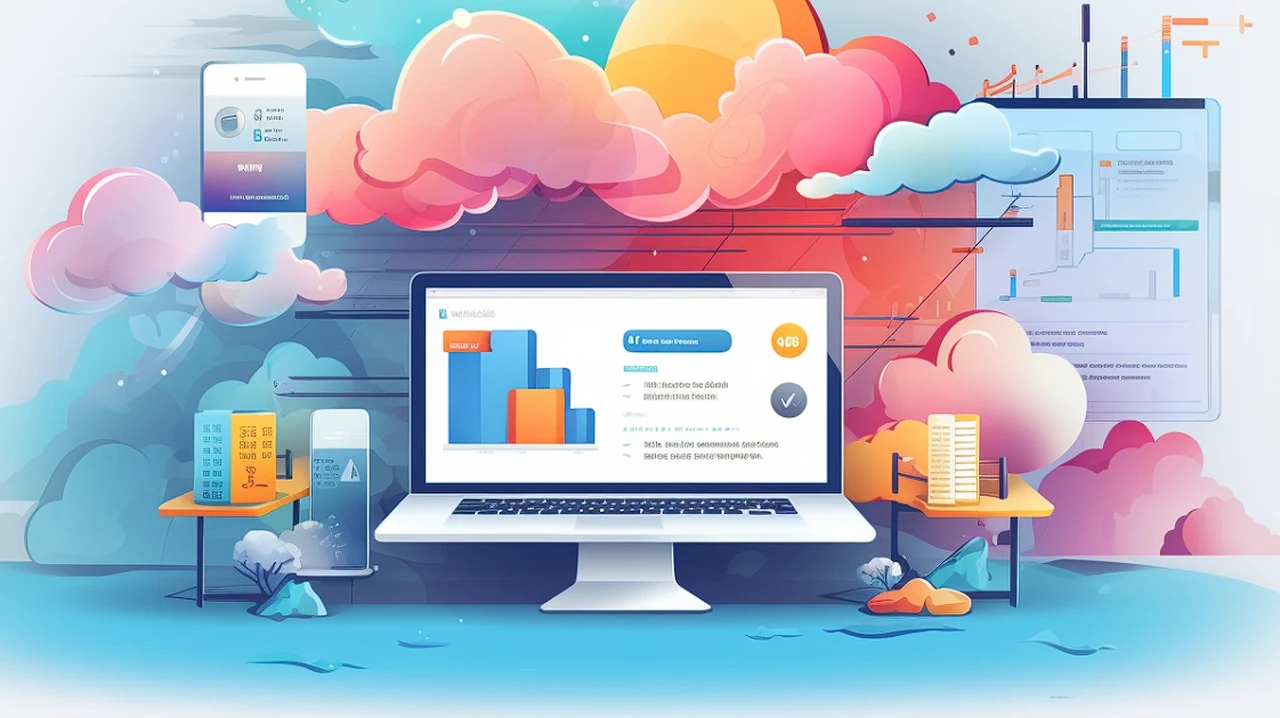If you are interested in building your very own AI customer service representative to help with the ever-increasing workflow of your business or daily lives. You may be interested in a new video created by Corbin AI. Which demonstrates how you can use the OpenAI Assistant API to easily create workflow automations to help with your customer service processes and workflows such as email, marketing and customer questions.
The Assistant API is a powerful tool that can be harnessed to create AI-driven customer service automations, streamlining processes and workflows, and enhancing the efficiency of operations. This article will delve into the intricacies of building an assistance API for customer service, using AI to automate customer service emails, training the AI on business data, and integrating the AI within your business systems.
AI customer service solutions
Here are some other articles you may find of interest on the subject of AI agents for businesses:
Using AI to Automate Customer Service Emails
Email is a critical communication channel in customer service. However, managing a high volume of customer emails can be a daunting task. AI can be a game-changer in this regard. By integrating the AI with email systems, it’s possible to automate the generation of draft email responses to customer inquiries, significantly reducing the workload of customer service representatives.
Training the AI on Business Data
To ensure the AI can effectively handle customer service tasks, it needs to be trained on relevant business data. This involves formatting and uploading business data for the bot to use. The AI bot is then created in OpenAI and used in Zapier’s backend. The training process equips the AI with the necessary knowledge to respond accurately to customer inquiries and provide relevant information.
Creating a Customer Service AI Agent
Once the AI is trained, the next step is to create a customer service bot. This bot will serve as the primary point of interaction with customers, addressing their queries and providing information. The creation of the bot is done within the OpenAI platform, and it can be tested using OpenAI’s Playground feature. This testing phase is crucial for identifying any potential issues or inaccuracies in the bot’s responses.
Formatting Business Data for the AI
To ensure the AI can effectively handle customer service tasks, it needs to be trained on relevant business data. This involves formatting and uploading business data for the bot to use. The AI bot is then created in OpenAI and used in Zapier’s backend. The training process equips the AI with the necessary knowledge to respond accurately to customer inquiries and provide relevant information.
Testing the AI’s Responses
Before the AI can be fully integrated into the customer service process, it’s vital to test its responses. This can be done using OpenAI’s Playground feature, which allows for real-time testing of the bot’s responses to various prompts. The testing phase is crucial for identifying any potential issues or inaccuracies in the bot’s responses.
Integrating the AI with Email Systems
The final step in the process is to integrate the AI bot with an email automation flow, such as that provided by Zapier. This allows the bot to generate draft email responses to customer inquiries, which can then be reviewed and sent manually. This not only streamlines the email response process but also ensures a consistent level of quality and professionalism in communications.
Utilizing AI for customer service through the OpenAI Assistant API can revolutionize the way businesses handle customer interactions. It can automate and streamline processes, freeing up human resources for more complex tasks, and provide a consistent, high-quality customer experience. However, it’s important to remember that the success of such a system depends on proper training of the AI, careful testing of its responses, and effective integration with existing systems.
Filed Under: Guides, Top News
Latest aboutworldnews Deals
Disclosure: Some of our articles include affiliate links. If you buy something through one of these links, aboutworldnews may earn an affiliate commission. Learn about our Disclosure Policy.







